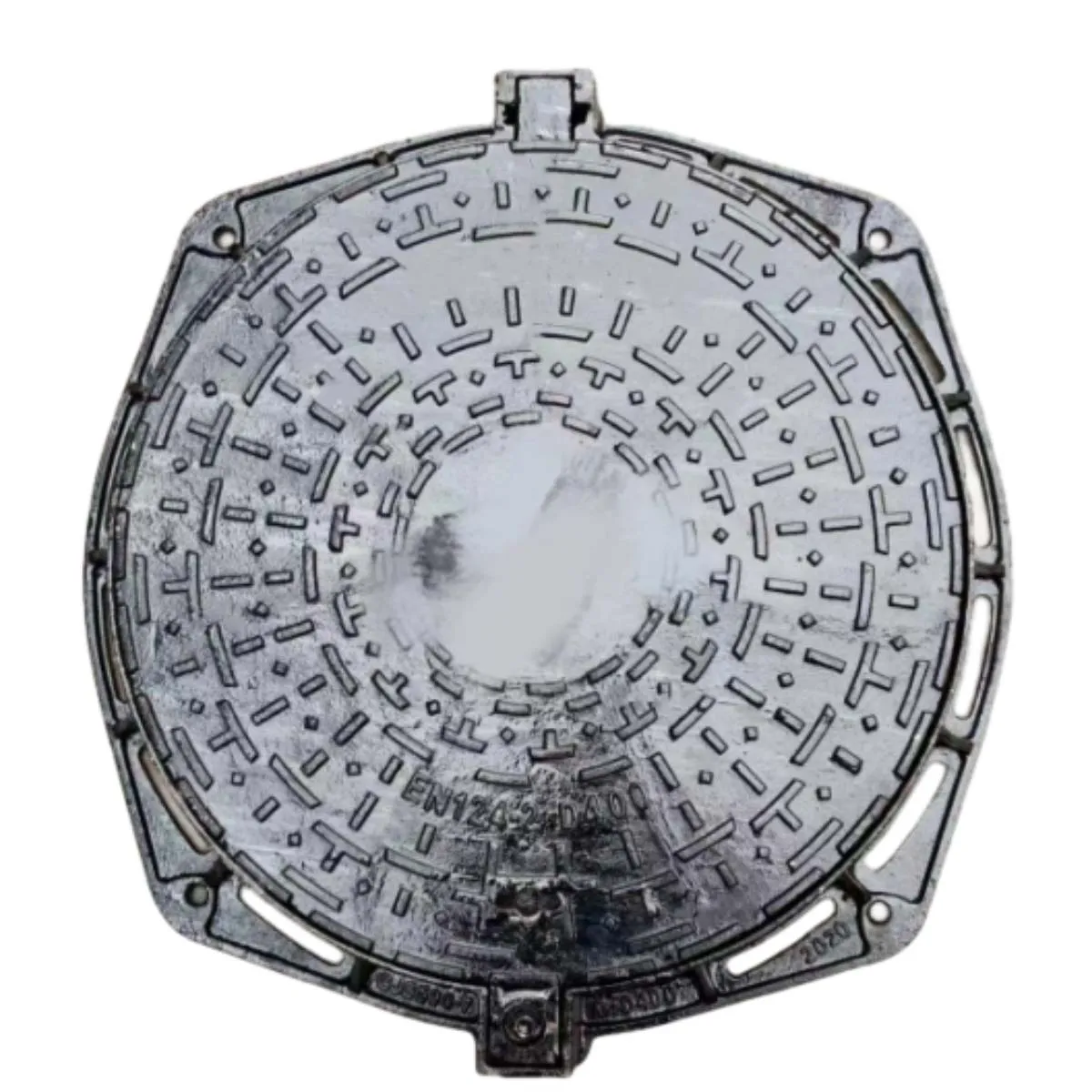floor waste drain
Understanding Floor Waste Drains Importance, Functionality, and Maintenance
Floor waste drains are a crucial component of modern construction, designed to remove excess water and maintain hygiene in various settings. They are commonly found in both residential and commercial buildings, playing an essential role in preventing water accumulation and allowing for efficient drainage. This article aims to explore the significance, functionality, and maintenance of floor waste drains.
The Importance of Floor Waste Drains
Floor waste drains are often installed in areas prone to water accumulation, such as bathrooms, kitchens, laundry rooms, and basements. Their primary purpose is to collect wastewater and direct it to the plumbing system, preventing standing water that can lead to structural damage and mold growth. Without effective drainage systems, properties might face extensive water damage, escalating repair costs, and potential health hazards due to stagnant water.
Additionally, floor waste drains contribute to overall sanitation. In commercial settings, such as restaurants and food preparation areas, these drains prevent the buildup of food particles and grime, safeguarding public health and compliance with hygiene regulations. The presence of an efficient drainage system minimizes unpleasant odors and attracts fewer pests, making it a key feature in health-conscious environments.
Functionality of Floor Waste Drains
Floor waste drains come in various designs and sizes to accommodate different needs. The basic structure consists of a drain body, a grate, and a waste pipe. The grate allows water to enter the drain while blocking larger debris from clogging the system. Beneath the grate is the drain body, where the water is collected and funneled away through the attached waste pipe to the sewer or septic system.
In some systems, floor waste drains are equipped with traps designed to hold water. This feature prevents sewer gases from escaping into the living space while still allowing wastewater to flow through. To ensure optimal functionality, it is essential to consider the location and slope of the drain. Proper installation should allow gravitational pull to direct water towards the drain, thereby enhancing efficiency.
Maintenance of Floor Waste Drains
floor waste drain

Although floor waste drains are generally low-maintenance, neglect can lead to serious problems, including clogs and foul smells. Regular maintenance is essential to ensure the system functions effectively. Here are some key practices
1. Routine Inspection Periodically check the condition of the grate and surrounding area for any visible debris or damage. Ensuring the grate is intact will prevent larger particles from entering the drainage system.
2. Cleaning the Grate Remove the grate regularly to clean it. This prevents the buildup of dirt, hair, and food particles, which can lead to clogs. A simple soap solution or vinegar can be used to clean the grate and surrounding areas.
3. Flushing the Drain To maintain flow and prevent blockages, periodically flush the drain with hot water. This practice can help dissolve any grease or soap buildup, keeping the pipe clear.
4. Professional Inspection Consider hiring a plumbing professional to inspect the drainage system annually. They can identify potential problems that may not be evident to the untrained eye and can conduct deeper cleanings or repairs as needed.
5. Preventing Foreign Objects Educate household members or employees in commercial settings about what should not be put down the drain. This includes food remnants, grease, and sanitary products, all of which can contribute to clogs.
Conclusion
In summary, floor waste drains are an indispensable feature of any building that requires effective water management. By understanding their importance and functionality, property owners can recognize the need for regular maintenance to ensure the efficiency and longevity of these systems. A well-maintained floor waste drain not only protects the structure but also enhances hygiene, providing a safe and comfortable environment for occupants. Investing time and effort in maintaining these crucial components can prevent costly repairs and health risks in the long term.
-
The Essential Component for Safe Urban InfrastructureNewsMay.14,2025
-
The Backbone of Urban InfrastructureNewsMay.14,2025
-
Practical and Stylish Solutions for Your Drainage NeedsNewsMay.14,2025
-
Lamphole Frame and Cover: Essential for Urban InfrastructureNewsMay.14,2025
-
A Seamless and Aesthetic SolutionNewsMay.14,2025
-
A Must-Have for Safety and DurabilityNewsMay.14,2025
-
Pipe Repair Clamps: Your Ultimate Solution for Efficient RepairsNewsMay.09,2025
